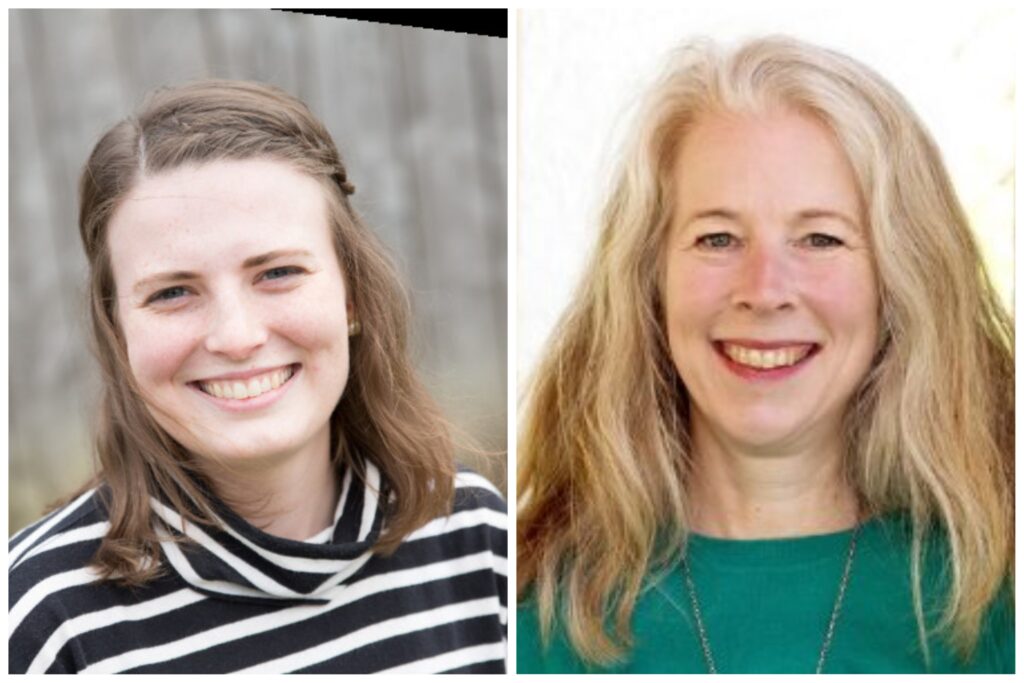To Better Serve Students and Future Workforces, We Must Diversify the Syllabi
Within higher education, female-authored publications are underrepresented in course readings in some fields. This , creating a gender gap in syllabi perpetuates inequalities between male and female students, decreasing student awareness of opportunities in professional fields and disadvantaging female academics. In their research and original article in the journal PLOS One on diversifying course syllabi, Ellen Hutti and Jenine Harris contribute to the evidence of a syllabi gender gap by quantifying the extent to which female authors are represented in assigned course readings, examining representation of female authors by gender of instructor and discipline, and comparing female representation in syllabi with the workforce and with representation as authors of peer-reviewed journal articles. Below, they emphasize that more equal exposure to experts with whom they can identify will better serve our students and foster the growth, diversity and potential of this future workforce. They also present one repository currently being built for readings by underrepresented authors that are Black, Indigenous or people of color.
Our study reaffirms the need for course instructors to be intentional about which readings they include in their syllabus and why. Across all the disciplines we evaluated – social sciences, humanities, STEM, and other disciplines (i.e., business, law, design and visual arts) – male first and sole authors accounted for the majority of assigned readings. While this was true for all disciplines, the disparity was most profound in STEM and other disciplines, and in courses with male instructors.

When students are exposed to experts with whom they identify, evidence suggests that they are more likely to stay in their chosen field and succeed. To better serve our students and to foster the growth, diversity, and potential of the future workforce, there needs to be a concerted effort to address the syllabi gap. Starting with instructors, increasing awareness of the syllabi gap is a first step toward increasing representation in course reading assignments. Steps taken by instructors may be facilitated by colleges and universities who can allow for more in-depth research into the syllabus gap by standardizing syllabus format, establishing central syllabus repositories, and encouraging the use of full citations in their syllabi.
We suggest developing a centralized location for storing readings by underrepresented authors to help instructors identify readings that they can add to their syllabi. This way, a course instructor can use this repository to add readings that will contribute to the overall diversity of authors represented on their syllabi. In our paper, we proposed this repository to be hosted by a discipline-specific site, such as a professional association, or in a discipline neutral location, like The Chronicle of Higher Education. After publication of our article we became aware of one repository already being built by members of the American Sociological Association Family Section for readings by underrepresented authors who are Black, Indigenous, or People of Color: https://docs.google.com/document/d/1OctqtstYcD4jrB4NBUHHglGk3EB7oqqX3C263kNGOuM/edit.
In addition to promoting using existing materials authored by women, it is also critical that we address the gaps in the publication of research by women. Not enough women are included in the peer-review process as reviewers or editors. Increasing the proportion of women peer-reviewers and journal editors could increase publication of female-authored papers. With greater representation of female authors in peer-reviewed papers, instructors will face fewer challenges in diversifying their syllabi.
Our study focused exclusively on gender disparities in course syllabi. Although increasing representation of female authors is important, similar steps as the ones we propose should be taken to increase representation across all identities. Gender identity, race, ethnicity, nationality, disability, and sexuality are all facets of individual identity that we did not explore but are paramount for expanding the ways in which our students see themselves represented in the classroom.































































































